Modern home entertainment is propelled by the massive A/V system, a high-octane collection of televisions, displays, receivers for communication, speakers, soundbars, and the countless different components we need for cable and Blu-ray viewing, music streaming, and next-generation gaming. In this hodgepodge of wired devices, cables connect all that is visual and auditory. However, you must have struggled with HDMI arc vs optical which one should I choose?
If you want an exceptional listening experience from the home theater's audio, HDMI ARC vs Optical may prove a lifesaver.
However, deciding which of the two is superior might be difficult. This is exactly I developed this post to assist you in making your decision.
HDMI ARC vs Optical: How it works?
Higher sound resolutions, including DTS HD Masters Audio, Dolby Atmos and Dolby:X music, and Dolby TrueHD, are supported via HDMI ARC cables, resulting in improved sound quality.
The construction of the optical cable is superbly built using fiber optics sections, a glass-type substance that accounts for little signal interference and continuous transmission.

HDMI ARC Work
The audio-video stream is sent to an ARC-capable receiver through HDMI ARC. HDMI ARC enables the unified audio output of numerous devices via a single media (soundbar).
It will be most useful if you have multiple gadgets to connect to the television.
If you attach your XBOX ONE, Fire TV, and Apple TV to your TV, the sound signal will still be routed back to the soundbar's ARC output.
However, ARC operation might occasionally produce issues. As a result, ensure that CEC is enabled on your television.
If the HDMI cord is properly placed and configured, it operates at maximum capacity.
Optical Work
Light is used in digital optics to transport signals from one location to another.
That is why you may have noticed a light emanating from one end of the Analog Optical connection.
TOSLINK is another name you may have heard about Digital Optical. This is because Digital Optical employs Toslink Connectors. Toslink and CD audio formats are both from 1983. It was widely used in high-end CD players.
Toslink was quickly embraced by home theaters as a result of its popularity and consumer acceptance. In a nutshell, it spread like a forest fire.
Feature Comparison: HDMI ARC vs Optical
Audio Quality
Both HDMI ARC vs optical transfer multiple channels of communication audio from a single system to another. Both HDMI ARC vs optical links offer a wide variety of audio formats.
5.1 surround sound is confined to optical cables, which support just Stereo, Dolby Digital, and DTS.
HDMI ARC, on the other hand, enables audio formats used by more current devices, such as Stereo, DTS Audio Master Audio, Dolby Atmos and Dolby:X soundtracks, and Dolby TrueHD. Even though HDMI ARC does not allow 7.1 surround speakers (like HDMI eARC does), it does support additional audio formats than optic cables. However, if you need extra performance and bandwidth, the eARC, which may be something you should investigate. When comparing HDMI ARC to eARC, there are a few variations, including sound quality and gaming functionality. In the end, it all comes down to what you require.
HDMI ARC vs Optical: HDMI ARC win
Quality of video
However, HDMI ARC vs Optical, optical cables do not support video. It's one of the main reasons people prefer HDMI ARC cables over standard HDMI cables. But the video resolution varies depending on the HDMI cable.
HDMI 2.1 cables, for instance, offer 120 frames per second in 4K content, whereas existing HDMI 2.0 cables provide just 60 frames per second in 4K. The main distinction is that they both are video compatible, but not optical.
HDMI ARC vs Optical: HDMI ARC win
Build Comparison: HDMI ARC vs Optical
Another key distinction between HDMI ARC vs optical is the material structure. HDMI cables are primarily constructed of copper, a common material used in the construction of electronic wires. Copper is inexpensive and has been in use for a long time, which is why it is widely used.
Optical cables, on the opposite hand, are constructed of strands of glass-type fiber optics. They cost more to make than copper.
Aside from the material structure, the primary distinction between the two is the transmission. Because optical cables communicate messages via light instead of electrical currents, copper is susceptible to electromagnetic interference.
HDMI ARC vs Optical: Optical win
Input Options Comparison: HDMI ARC vs Optical
Although such HDMI ARC connections are quite common, not all electronic gadgets support them as an input option. If you have an older gadget, you will be limited to optical.
HDMI ARC vs Optical, HDMI ARC connections allow more modern devices, therefore optical connections will suffice if you do not want to upgrade to newer systems.
Cable Length Comparison: HDMI ARC vs Optical
The length of the cable is important for minimal interference and audio clarity, but most people don't care because their TVs and audiovisual equipment receivers or sound systems are close to one another.
Optical cables maintain sound quality up to a distance of 30 meters. If you're looking for a robust connection throughout your property, this is a good option.
HDMI ARC cables, on the other hand, do not sustain audio performance beyond 15 meters. The reason for this is that HDMI cables use a relatively low voltage, which does not allow them to transport very long signals.
HDMI ARC vs Optical: Optical win
Bandwidth Rates Comparison: HDMI ARC vs Optical
HDMI ARC vs Optical: Due to the nature of the video signals, HDMI ARC cables offer greater bandwidth rates. They degrade quicker than optical cables, however, because television signals demand a lot of bandwidth.
When Should Optical Be Used?
An optical cable is enough if you currently have a 5.1 surround audio equipment and older gadgets. It's a better alternative than HDMI because it has less interference.
HDMI ARC vs Optical: Overall Winner
In our HDMI ARC vs. optical comparison by HDMI ARC is the superior alternative, producing higher-quality audio than optical.
HDMI ARC cables support video and greater sound resolutions, whereas optical cables do not. HDMI ARC cable is also less expensive because it is comprised of copper.



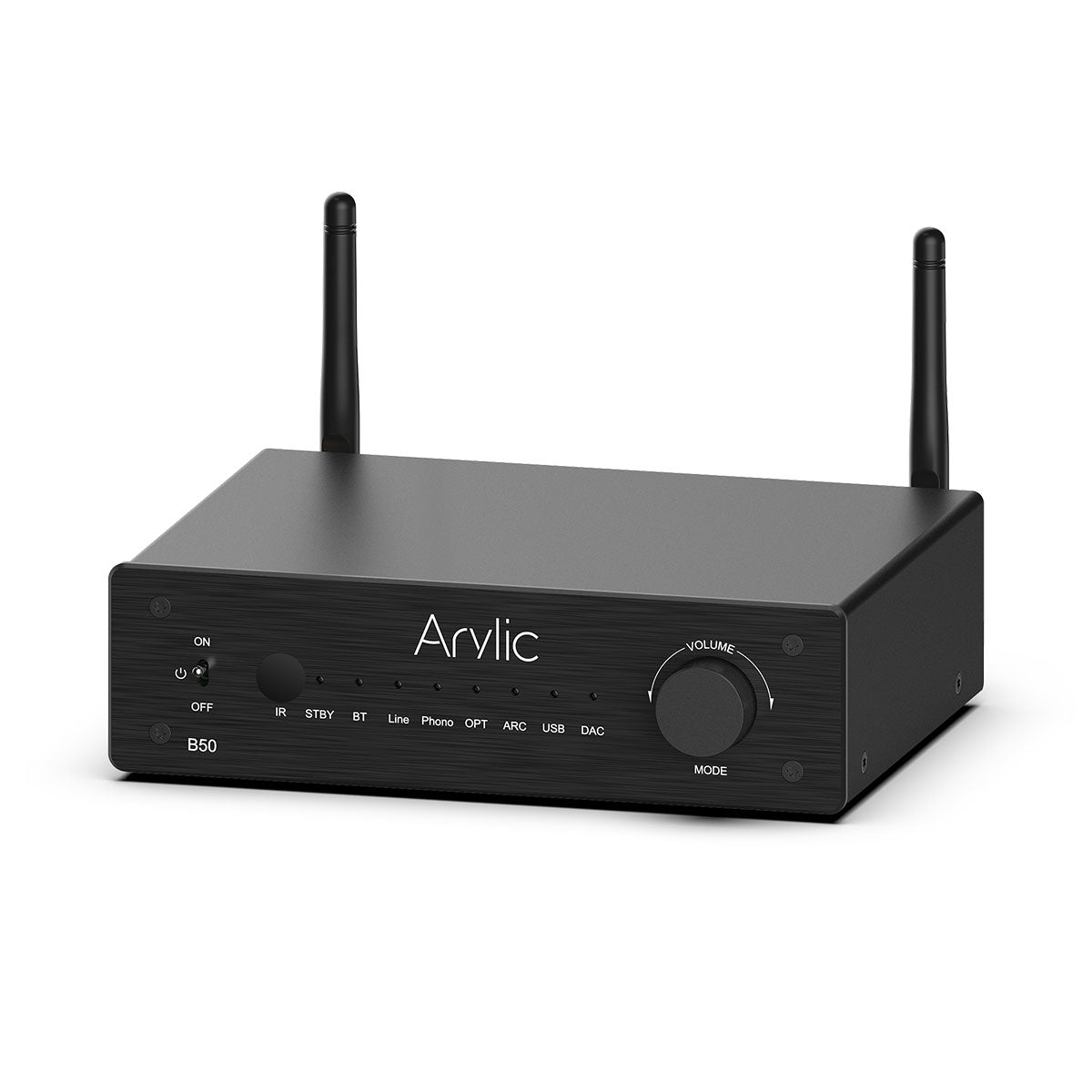
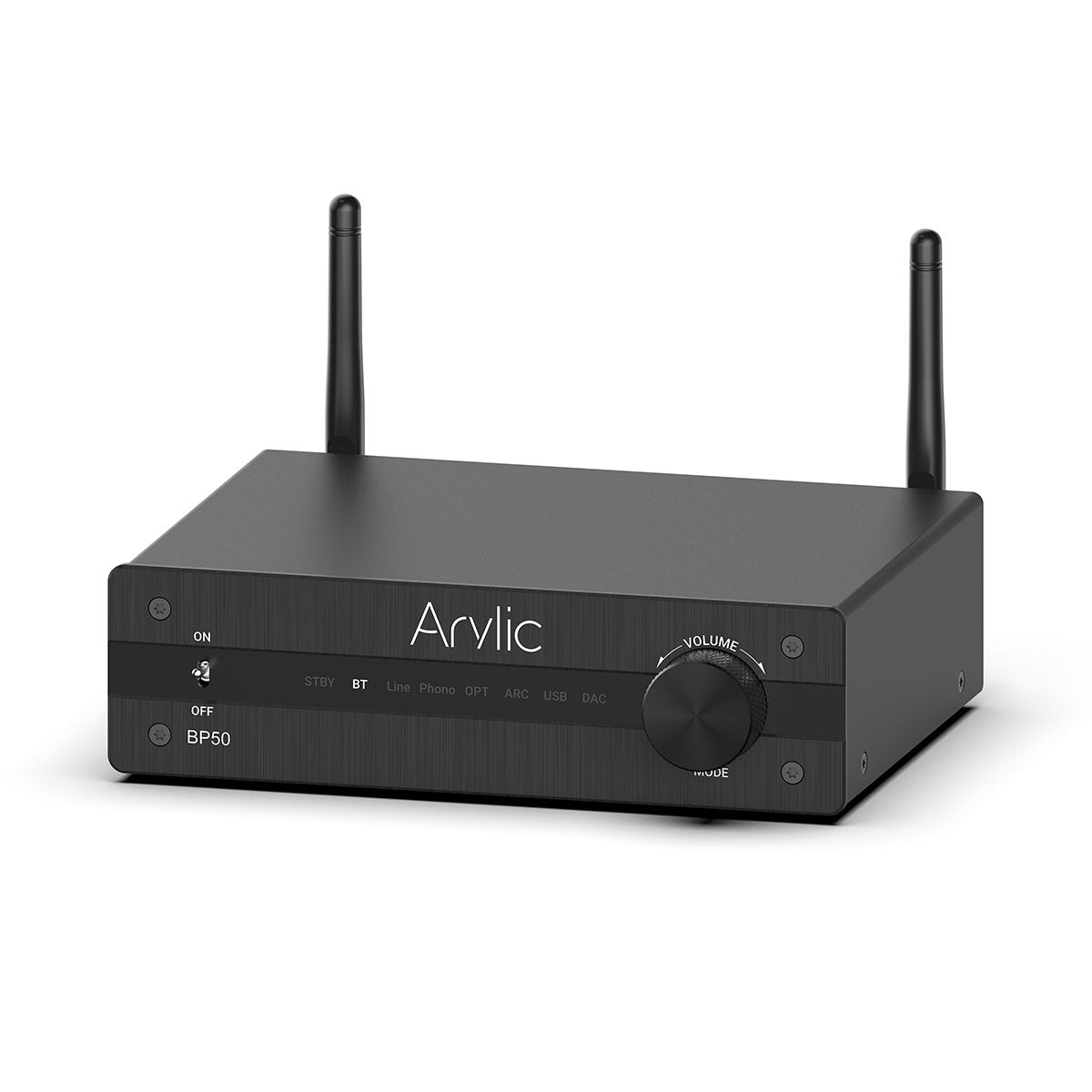
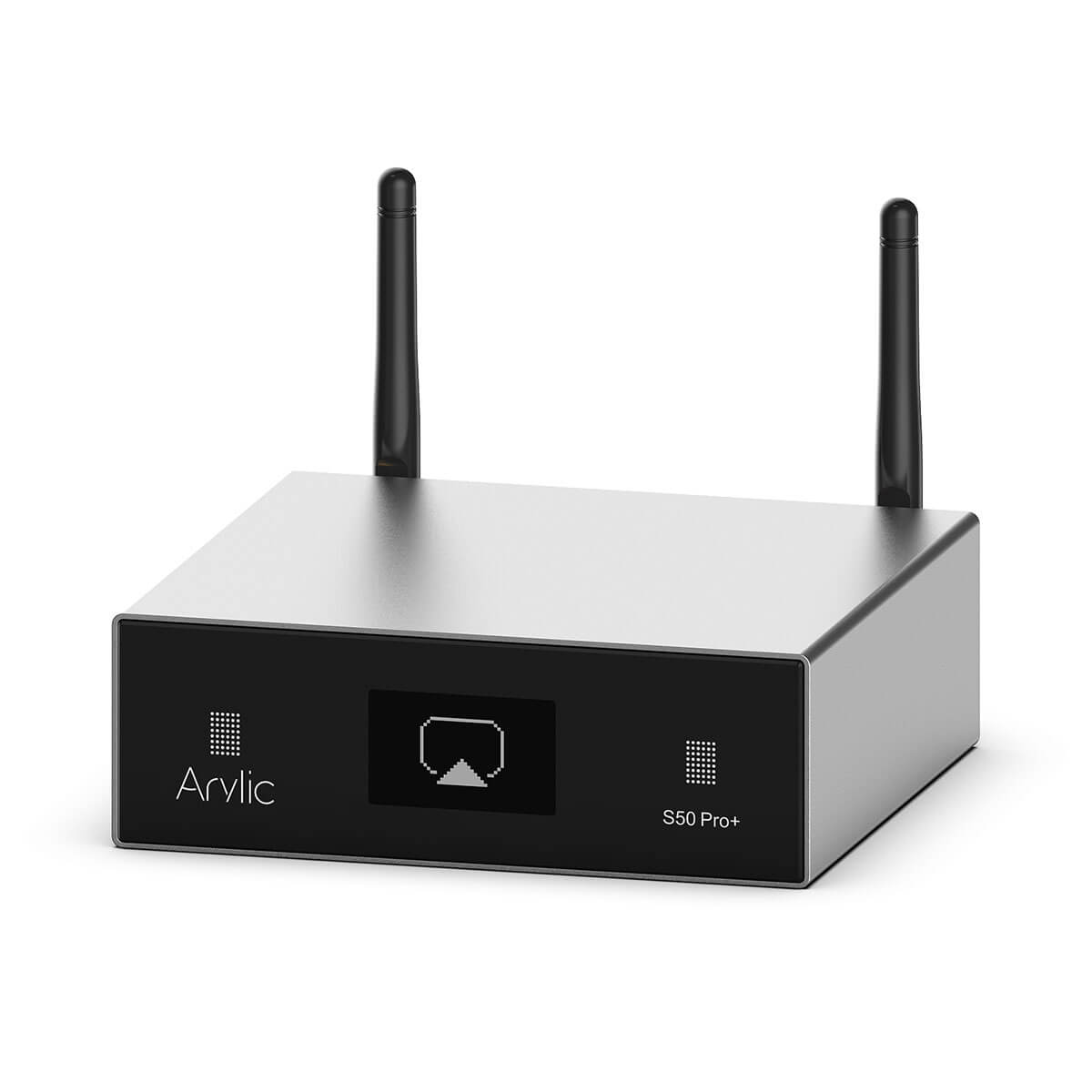
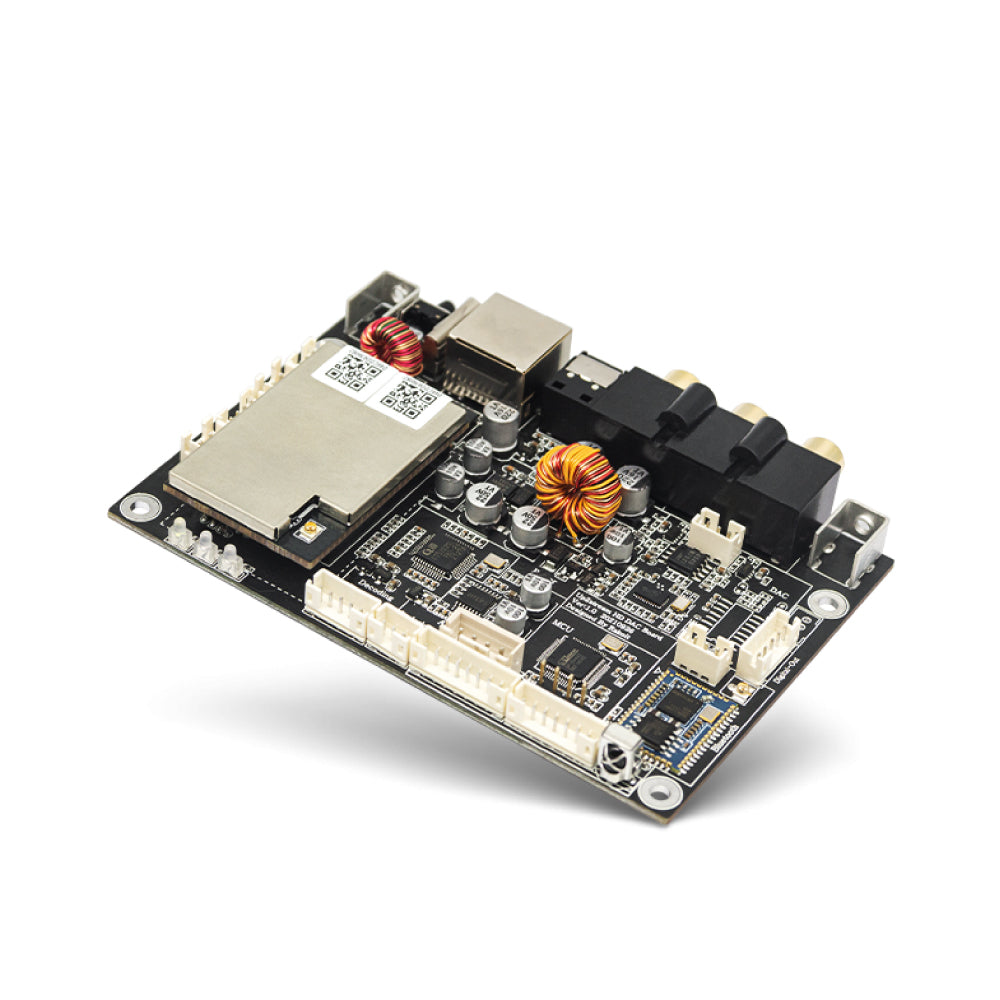
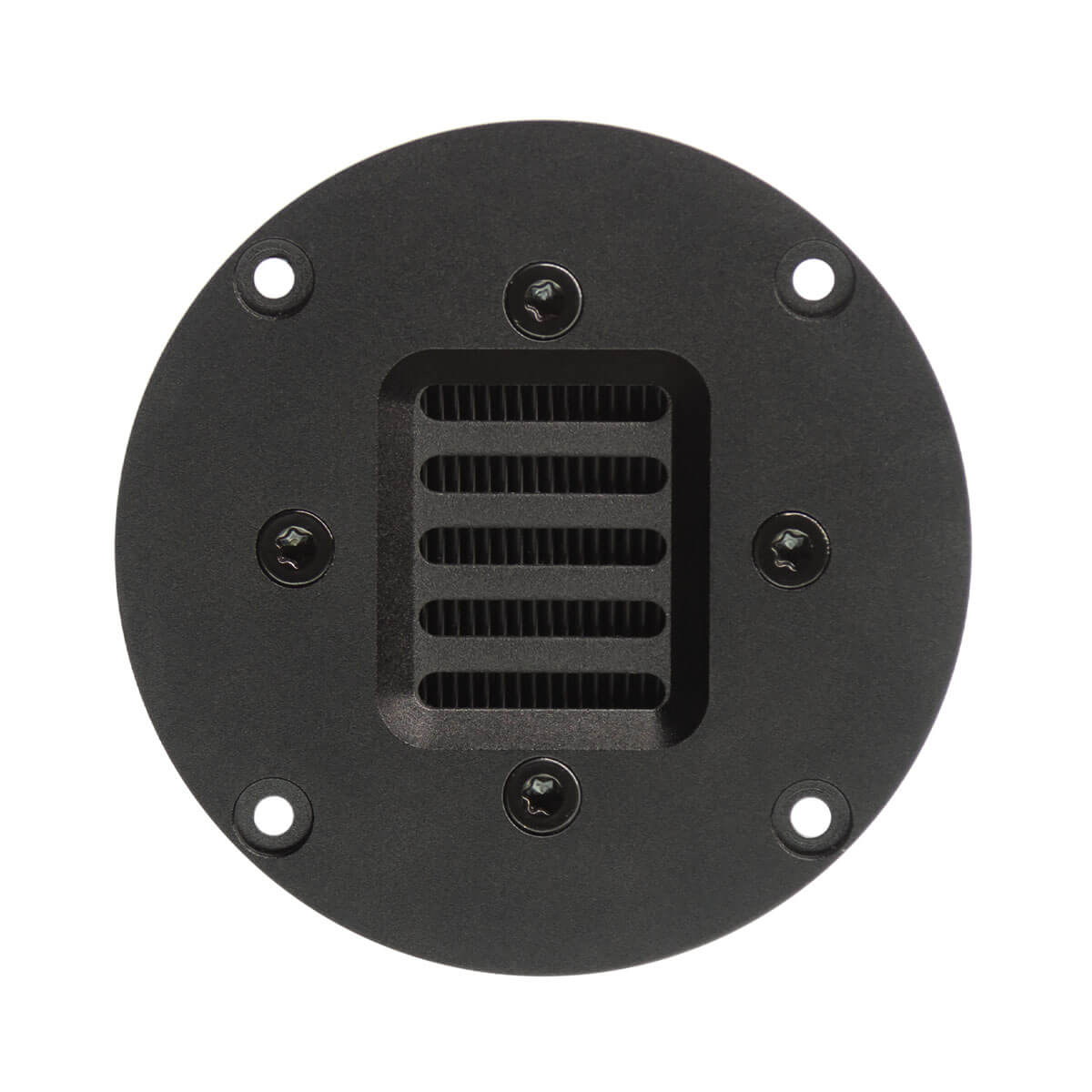

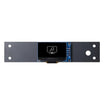
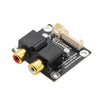





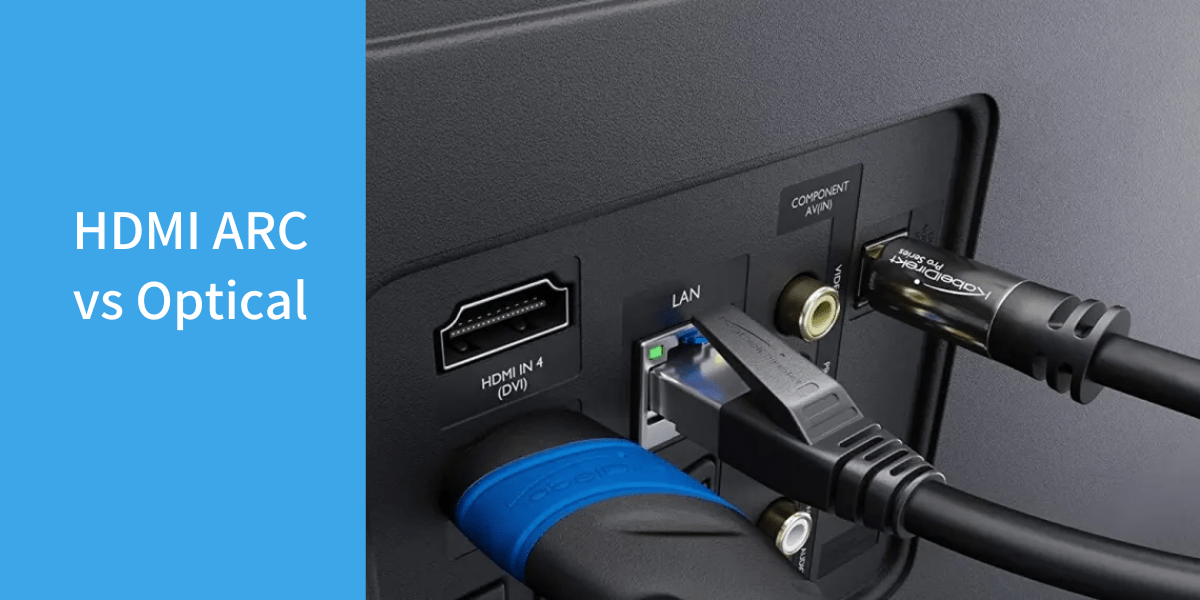


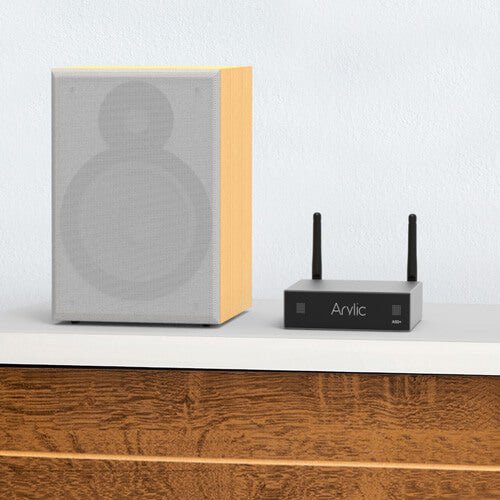

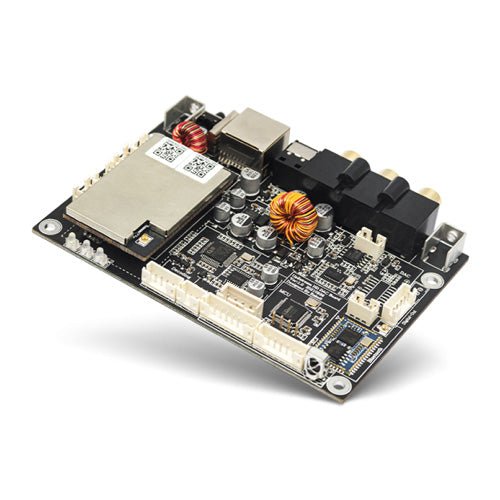















Leave a comment
All comments are moderated before being published.
This site is protected by hCaptcha and the hCaptcha Privacy Policy and Terms of Service apply.